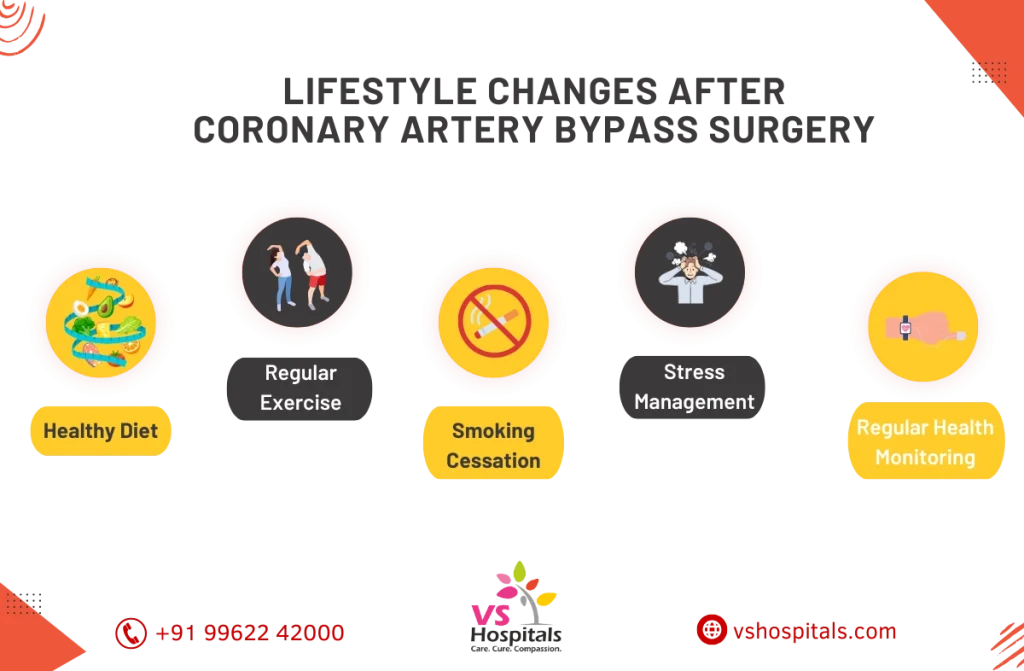A defibrillator for heart failure is a life-saving device designed to manage irregular heart rhythms and prevent sudden cardiac arrest. It monitors the heart continuously and delivers a shock if needed to restore a normal rhythm. For individuals with heart failure, this device provides both protection and a sense of security. By addressing life-threatening conditions promptly, a defibrillator ensures better heart health and significantly improves the quality of life for patients.

What is a Defibrillator?
A defibrillator for heart failure is a medical device that restores normal heart rhythms by delivering electrical shocks. It is essential for patients prone to life-threatening arrhythmias, which can lead to sudden cardiac arrest.
- External Defibrillators: Commonly used during emergencies outside hospitals.
- Internal Heart Defibrillators (ICDs): Implanted devices that monitor the heart and deliver shocks when needed.
The internal heart defibrillator provides round-the-clock protection, making it a critical tool for managing heart conditions. Whether external or implanted, defibrillators save lives by stabilizing dangerous heart rhythms effectively and instantly.
Types of Implantable Cardioverter Defibrillator (ICD)
There are two different types of defibrillators designed to address unique heart conditions. Both types of ICDs are effective in managing irregular heart rhythms and providing life-saving interventions when needed. Choosing the right type of defibrillator for heart failure depends on individual health needs and medical conditions.
Traditional ICD:
- Implanted under the skin near the chest.
- Uses leads connected directly to the heart.
- Monitors and delivers shocks to regulate rhythm.
Subcutaneous ICD (S-ICD):
- Implanted under the skin but outside the rib cage.
- Does not require leads in the heart.
- Ideal for those with lead-related complications.
These internal heart defibrillators are tailored to ensure safety and effective management of heart rhythms.
How Does an ICD Work?
An internal heart defibrillator like an ICD (Implantable Cardioverter Defibrillator) is a small device implanted under the skin that continuously monitors your heart. Its primary function is to detect abnormal heart rhythms and restore normalcy with electrical impulses. Here’s how it works:
- Monitors Heart Rhythms: Tracks your heartbeats 24/7 to identify irregular patterns.
- Delivers Shocks: Provides a mild or strong electrical shock to reset the heart.
- Acts as a Pacemaker: Adjusts slow heart rhythms when needed.
By using an internal heart defibrillator, patients are safeguarded against sudden cardiac arrests, ensuring better heart health.
Why Do I Need an ICD?
An internal heart defibrillator is crucial for individuals at risk of life-threatening heart conditions. It helps prevent sudden cardiac arrest and offers peace of mind to those with heart failure. If you’re wondering whether you need a defibrillator for your heart, here are some key reasons:
- You’ve experienced life-threatening arrhythmias.
- You have a history of heart attacks or weakened heart muscles.
- Your family has a history of sudden cardiac death.
- Medications alone haven’t been effective in managing your condition.
- You’re on the journey of Heart Attack Recovery and need additional protection.
With a defibrillator for heart failure, you get constant heart monitoring and protection against unpredictable heart issues.
Why It’s Done
A defibrillator for heart failure is recommended to prevent life-threatening complications associated with irregular heart rhythms. It provides a safety net for patients who are at risk of sudden cardiac arrest due to weakened heart function or previous heart damage. Doctors often suggest a defibrillator for your heart when medications or other treatments fail to manage arrhythmias effectively.
Here’s when it’s commonly recommended:
- When the heart’s pumping ability is severely reduced.
- If you’ve had a heart attack or a history of dangerous arrhythmias.
- For patients with a family history of sudden cardiac death.
This device ensures continuous heart monitoring and life-saving intervention.
What Are the Risks of an ICD?
Although an internal heart defibrillator is a highly effective device, it’s essential to understand the potential risks involved. These include:
- Infection: There’s a small chance of infection at the site where the defibrillator is implanted.
- Device malfunction: Occasionally, the device may misfire or fail to deliver a shock when needed.
- Discomfort: Some patients experience discomfort or irritation at the implant site.
While these risks are minimal, regular check-ups and proper monitoring by experts at VS Hospitals can ensure the device functions smoothly and effectively safeguards your heart.
Conclusion
A defibrillator for heart failure is a crucial device that protects against life-threatening heart rhythms, offering a second chance at life. It continuously monitors the heart and delivers timely shocks to restore normal function, providing security and peace of mind. With expert care and advanced technology at VS Hospitals, you can trust that your heart health is in safe hands. Take control of your heart’s well-being and explore the benefits of this life-saving solution today.
Read also Cardiac Catheterization Surgery
